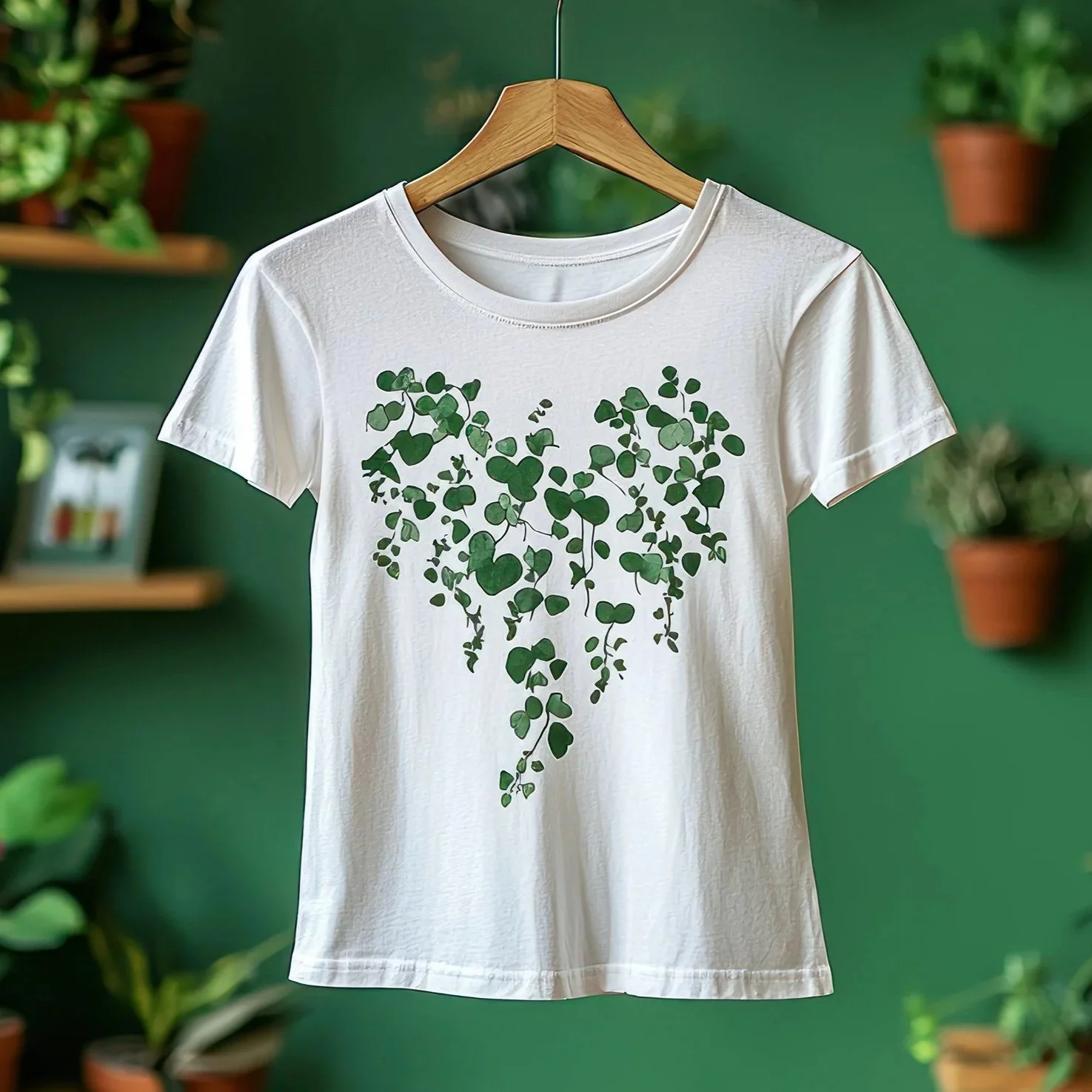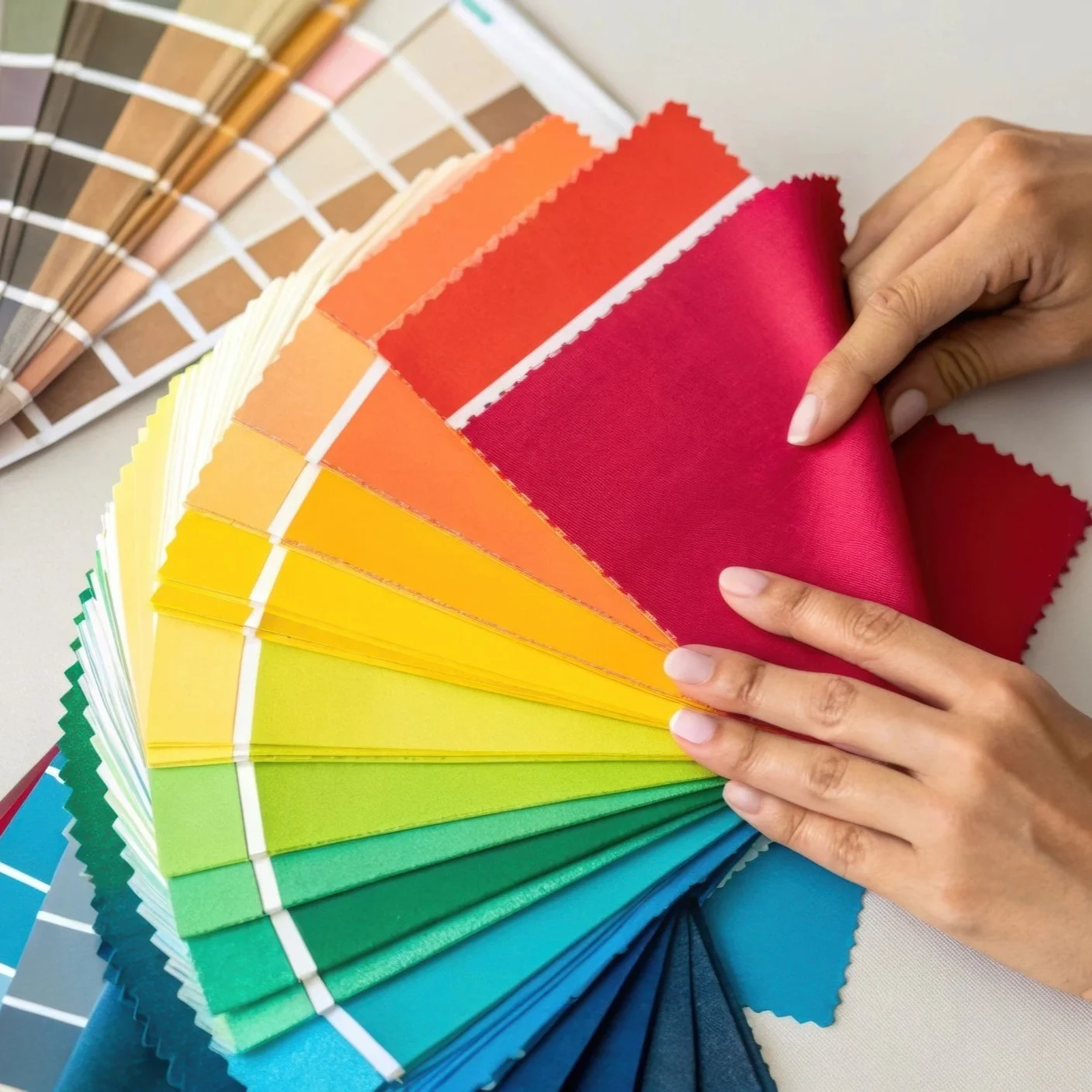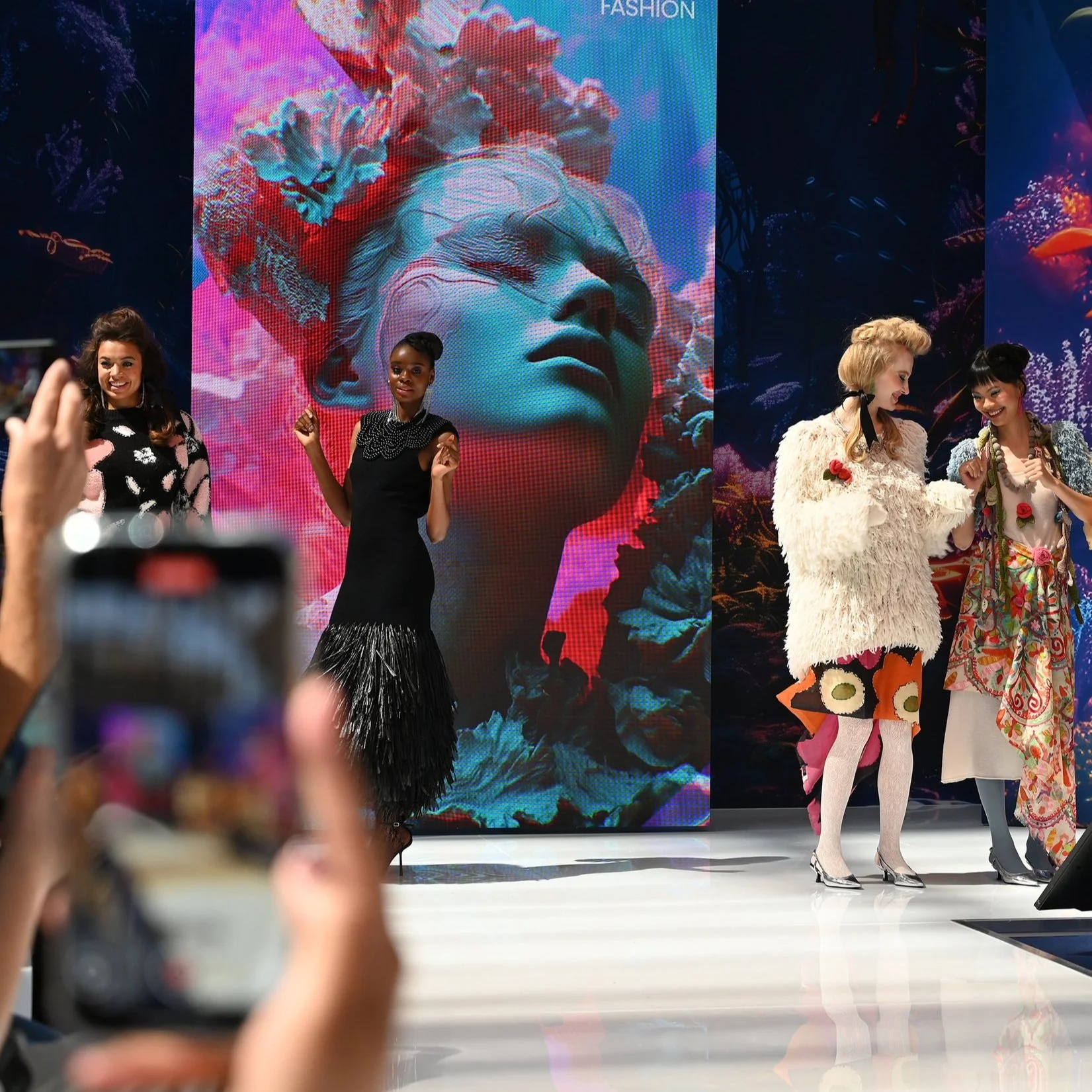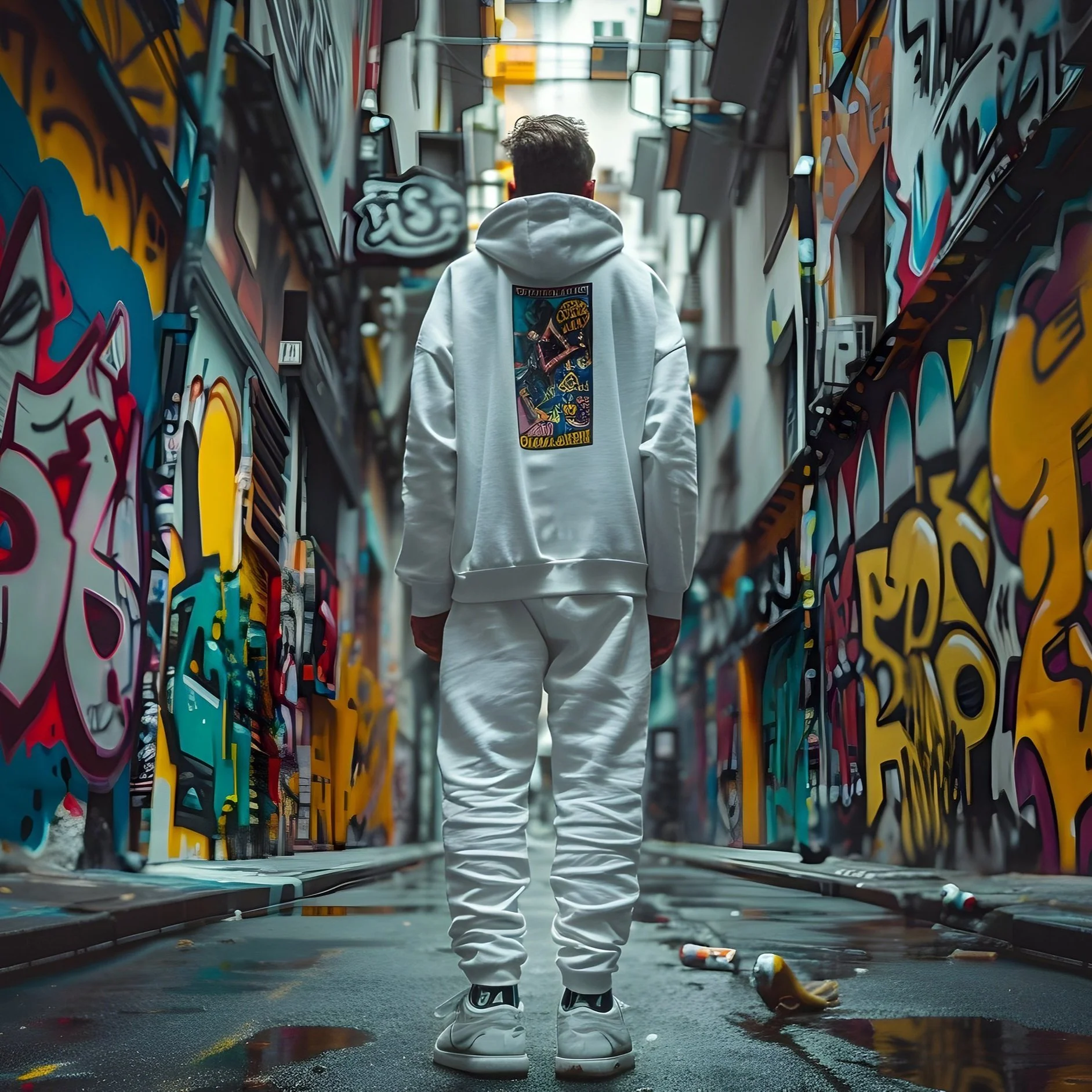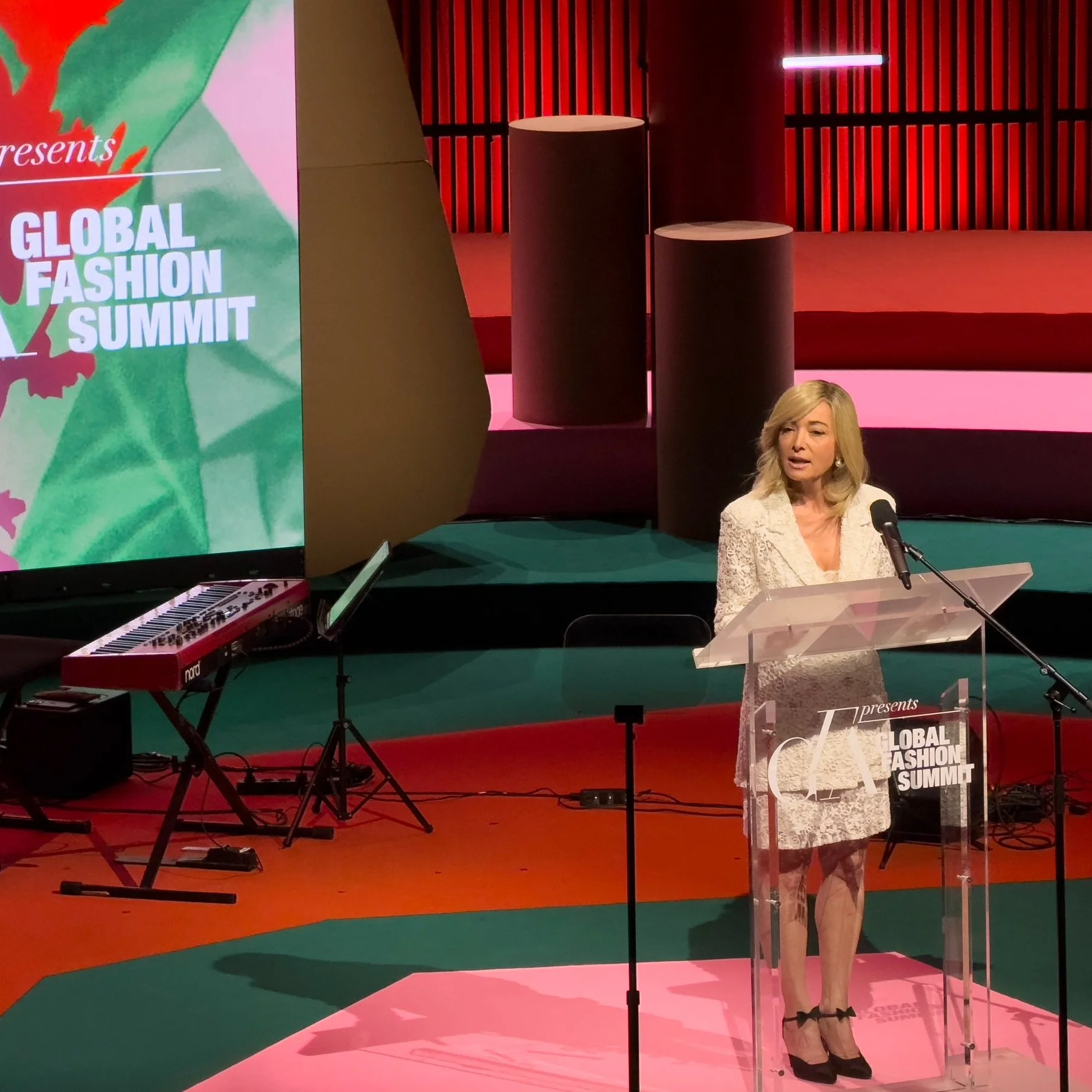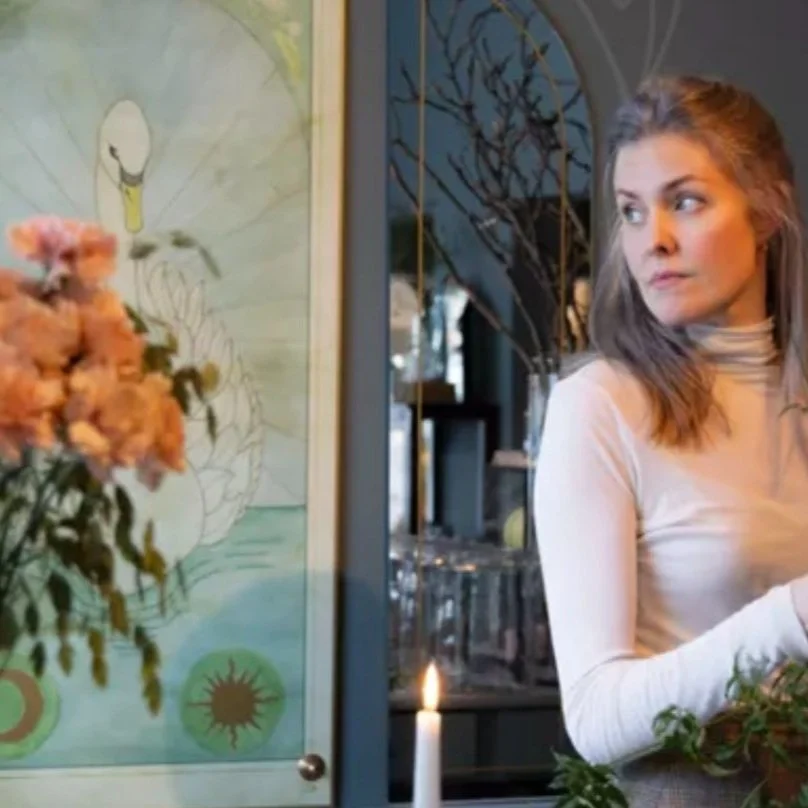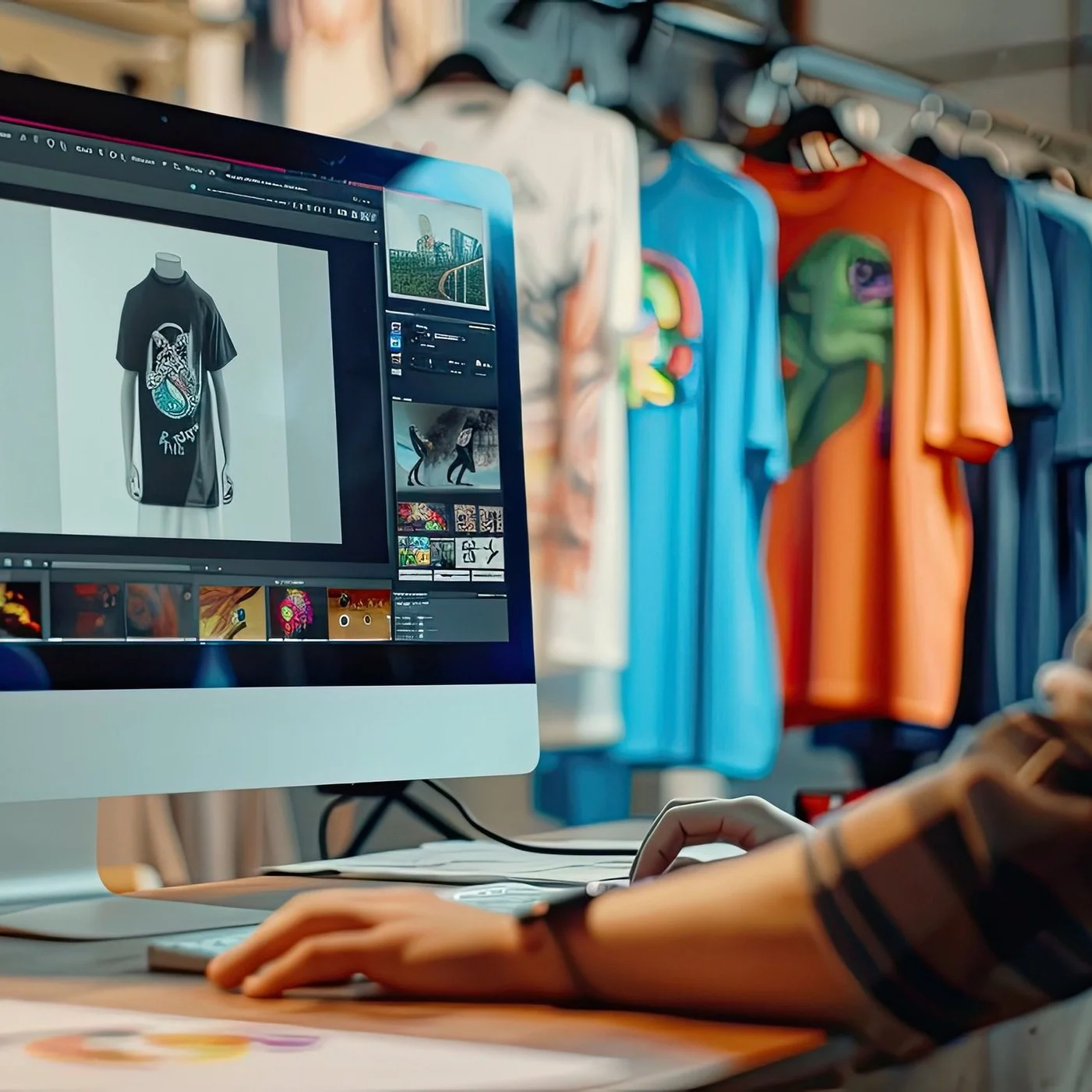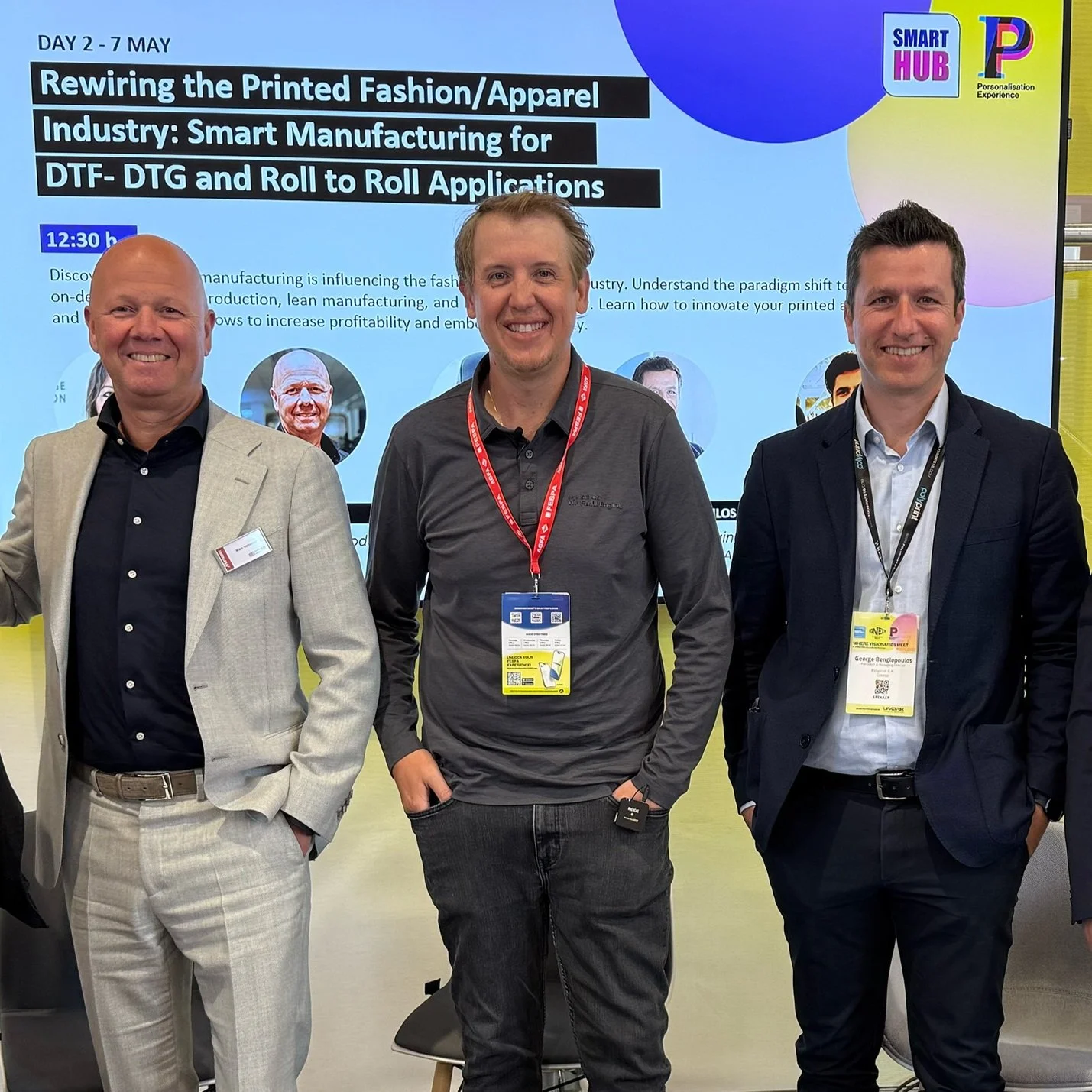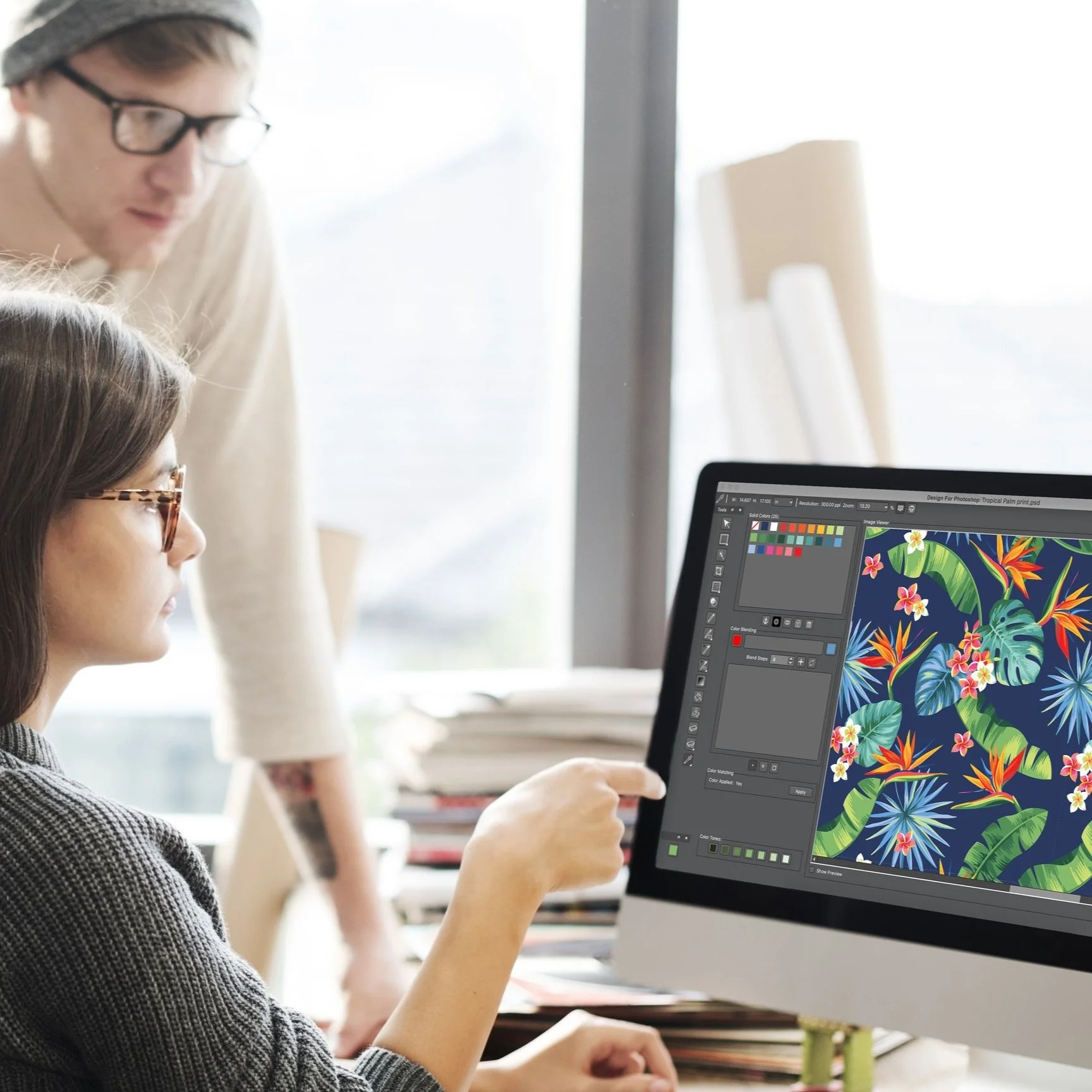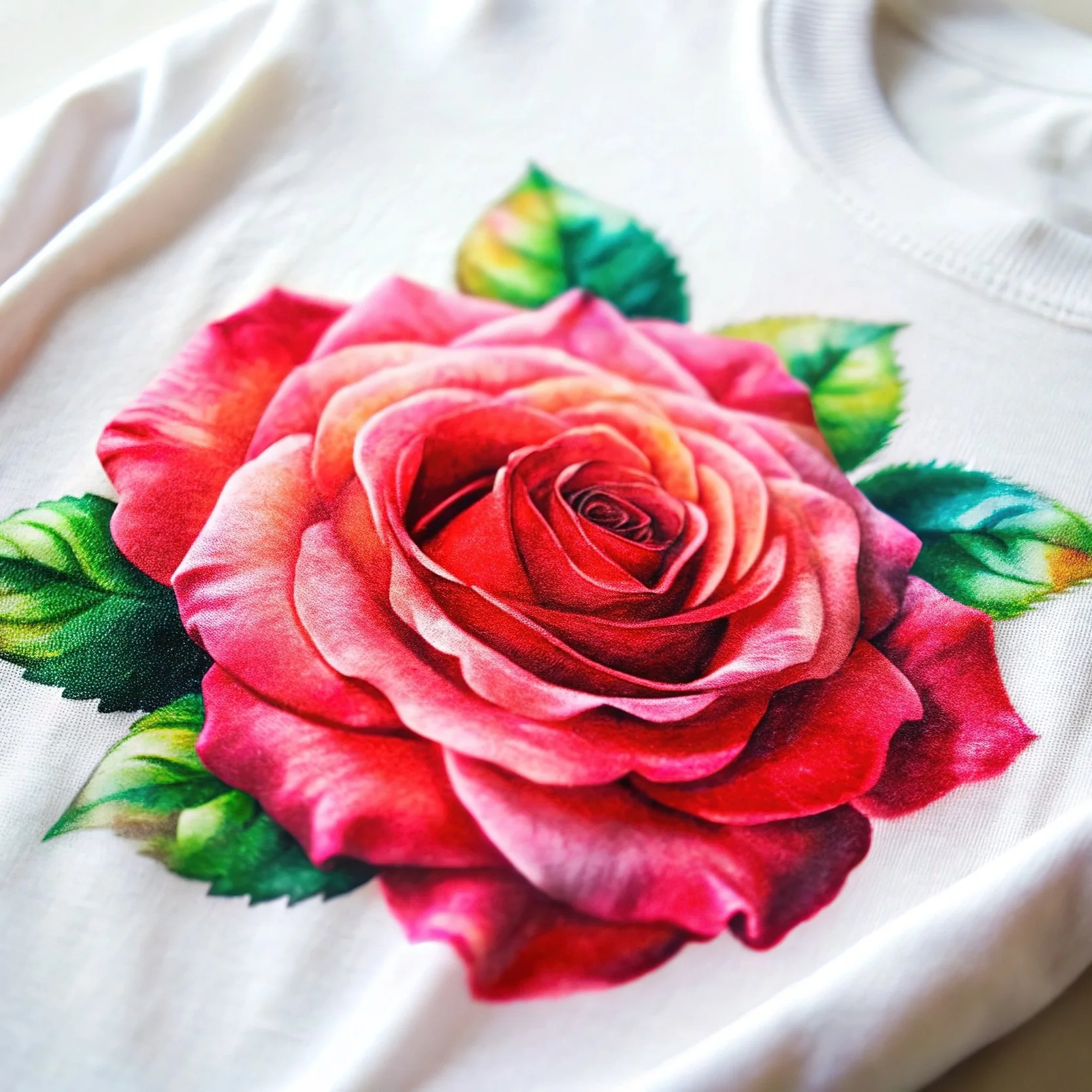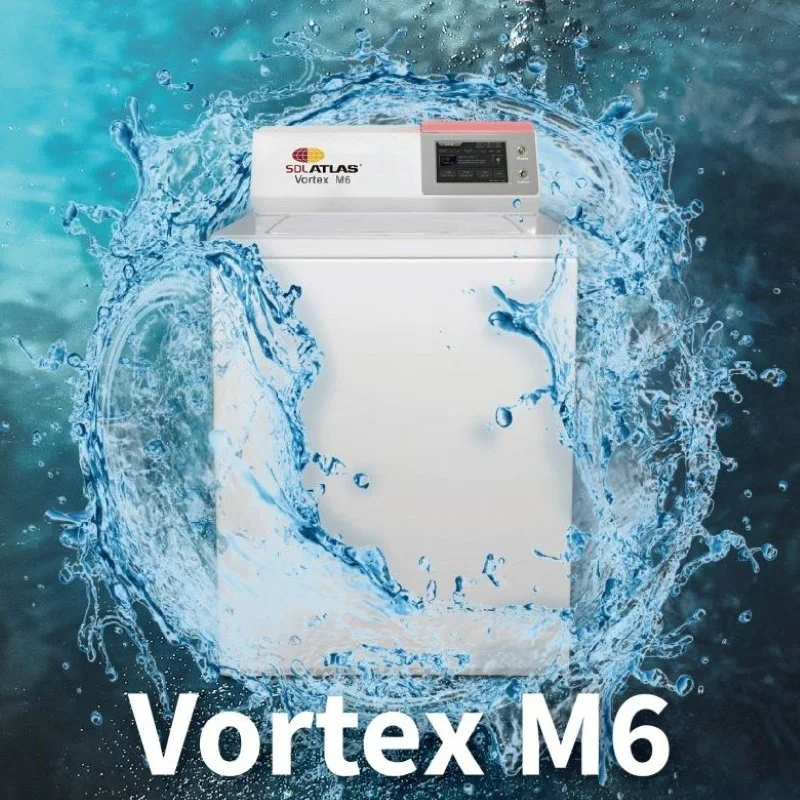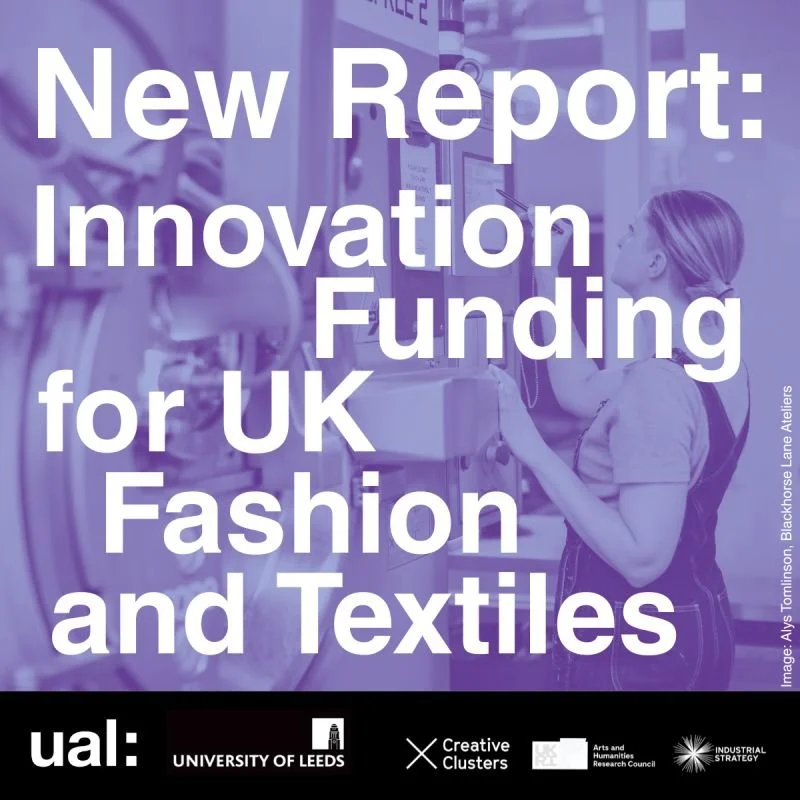ZIMMER TECHNOLOGIES FOR DIGITAL TEXTILE AND CARPET PRINTING CONTINUE TO DISRUPT THE STATUS QUO

Over the last 46 years Zimmers vision and early innovations were the building blocks of the Chromojet technology that would go on to disrupt the carpet industry which is now almost totally serviced by Zimmer’s pioneering machinery.
Over the last 140 years Zimmer Austria have pioneered many innovations and revolutionary technologies for screen and digital printing, coating, dyeing, steaming and technical textiles.
Zimmer technologies serve applications for areas such as home textiles, wallcoverings, fashion, upholstery, towels, blankets, technical textiles, nonwovens, paper and even glass fiber.
In our recent podcast, on behalf of FESPA, we invited Tony Naschberger, the CEO of Zimmer and Andreas Rass, commercial director to discuss Zimmer’s history, technology and how their innovations continue to disrupt the textile and carpet industries. Here’s a summary of the key takeaways from our conversation:
Zimmer has two manufacturing sites one is in Kufstein which is focused on taking care of all issues related to digital printing and carpet manufacturing.
Based in Klagenfurt, Austria the second factory, is taking care of screen printing and textile coating machinery. Zimmer started digital printing about 45 years ago, when they introduced a printing technology originally named Chromotronic, which was renamed later to become the technology we all recognize as Chromojet.
Since then, Zimmer have pioneered many specialist innovations for digital printing which is what differentiates them to their customers and from other companies. Number one – Zimmer invest in process technology. They not only build printing machines but also deliver a lot of process know-how, essential as the industry evolves from analogue to digital. Zimmer deliver complete lines including steaming, washing, drying, coating, and have a wide network of strategic partners, including chemical suppliers and fiber suppliers. “I think that makes us very unique and Zimmer are very well known for our service. Especially in digital machines – service is key for success” commented Tony Naschberger.
Zimmer began their digital journey in around 1976 - how do you think digital technologies have disrupted the textile and carpet industry?
Tony Naschberger:
“In 1976 we had the idea to do something digital but at that time digital printing was not existing at all. And so, we built wealth-based machines, the Chromojet or Chromotronic as it was known at that time. We were really suffering from a lack of available technology back then - I mean, we had to drive the machinery with HP main frame computer with 256 kilobyte of memory, the first hard drive being just 5MB megabyte - but that was just the beginning”.
Over the last 46 years Zimmers vision and early innovations were the building blocks of the Chromojet technology that would go on to disrupt the carpet industry which is now almost totally serviced by Zimmer’s pioneering machinery.
Zimmer’s textile printing technology offers the industry an ecological solution. Tony commented further “Finally, we will also see digital disruption in the textile industry - almost everything is moving digitally. And we are part of it. We don't have to discuss the advantages of digital printing today – the next shift - is not driven by technology. It is ecological. Because we are we are short in water, we are short in energy, we are short in anything and everything. And digital textile printing is one of the way’s out.”
Having seen such an incredible transformation in the carpet industry? How long did that take? And did the disruption accelerate quickly?
Tony Naschberger explained: “I think it took us almost 10 years to stabilize the technology and also to bring the advantage to our customer. But later uptake accelerated. And I think it typically took almost 20 years to really gain market share in the carpet industry. And I see more or less the same in in the textile industry. Maybe it's a little bit faster, but it takes time”.
How big is the carpet industry by volume meterage? As an indication of scale, how many meters are now printed digitally every year?
So, our latest estimate is around 200 to 250 million square meters are digitally printed annually around the globe, it’s a really significant amount. And compared to maybe only 20 million square meters, which are printed using screens. 90% of carpet printing is now digital - it's a significant difference between screen print and digital print. You see how far the technology is placed in the market and how it has replaced the screen-printing carpet sector.” commented Andreas Rass.
It will be interesting to have this conversation again, in five- or six-years’ time and compare those stats to digital textiles and see how that's swinging.
Where is the biggest volume of carpet manufactured and do you see a swing towards reshoring in the carpet industry?
Andreas explained - ”It's a big question. Certainly, the biggest volume is manufacturing still in the US. Globally, it's the biggest producer of carpets, but it's also the biggest consumer of carpets. You see a significant installed base and also production capacity in China, Turkey, Egypt, Belgium, which has a long history in carpets, but you also see some growing countries like Uzbekistan, for example, those are countries which are just ramping up. What we see is a trend that some of the Chinese production is moving to India and Turkey. So capacities are shifting a little bit. There are different reasons for that, but certainly one of the reasons is political, that some countries especially big carpet producing countries are introducing market regulations, which make it very, very difficult to import into the domestic market to protect the local carpet manufacturing. So we all have to deal with it, our customers have to deal with it, that's the nature of the business.
Where we clearly see the high price, segments are staying close to the customers, where they are selling them, because quality, short turnaround, times stability, in supply and quality, this is key. So this is not something that you see going away from the higher price countries to lower price countries. And when it comes to promotion products, where we have especially our logo, matts customers, or the promotional towel printers, this will always stay very close to the market because the short runs the short turnaround times - this is key for this market sentiment”.
Which sectors of the marketplace and which product groups does Zimmer digital technology now serve within the Textile Industry?
“For the last 10 years, we have the Colaris digital textile printing system in our product portfolio, which we use for heavy textiles applications, but also for carpet printing, very successfully in the last years. All this technology comes together as mentioned with the necessary pre and post treatment. So from entry unit down to the steamer washer dryer, even color kitchens if necessary. We have a very broad range of fibers that we can print onto. We have reactive inks for cotton, and we have acid metal complex inks for nylons with disperse inks for polyester printing. Pigment printing is also part of our portfolio. But we also have another specialty, where not many others are stepping in, which ink for acrylic or modified polyesters.
Zimmer also service VAT inks which give you the best lightened wash fastness” commented Andreas Rass “We have two lines running now in the UK which is it's quite a big step forward in the in the digital printing environment. In the textile segment, we are still very much focused on the heavier fabric. Because this is where we are coming from and this is where we feel comfortable to add value to our customers that we're talking about; Terry towels, upholstery, furniture, fabrics, window fashion blankets, heavier bed linens, so a pretty broad portfolio.
Zimmer also supply machinery for technical textiles, and specialise in military camouflage printing.
Andreas commented further: “So not only the decoration of a fabric, but also to functionalize the fabric with infrared reflectance control and in all these applications, we are able to build machinery here in Austria and sample for our customers. That's quite an interesting field we want to go into much further in the future. In a similar area are the narrow fabrics, so belts and ribbons, especially the belts, there are a lot of military applications that you see nowadays. With our broad portfolio of printheads and available applications, we have also stepped into the other OEM development partnerships. So serving two partners, technology for additive manufacturing, for example. But this is something what we do pretty much outside of our standard business setup – we are constantly evolving - Nobody can ever stand still.”
What does the future hold for on demand production and how do you think this sector is going to continue to evolve?
Andreas Rass: “A big thing for us and our customers - but also the for the consumer - is the sustainability of the process and of the final product. We are all aware in the carpet and textile industry that we're in a resource consuming industry when it comes to energy and to water consumption. And there are things we need to work on as a whole manufacturing eco-system. Just talking about printing – maybe - moving more into the pigment printing field, which demands the acceptance of the market and of the consumers. You have a different fabric touch, you have different fasteners level, but pigment comes with a lot of ecological advantages.
Where we also see change - is within the lifecycle view - that having a sustainable final product does not mean only the wet process or the finishing process needs to be improved.
We see for example, that that you need to start working already at the raw material level - at the fiber - to modify your fiber for example: Polyester with disperse printing is also very energy and water consuming process, if you modify your polyester and have a bionic polyester for example, you can use different dyestuff. Which is going to reduce the process time, energy consumption and water consumption by more than 50%.
So, those are things the market is going to move towards and we will be certainly part of it. And when it comes to recycling - if you look at carpet - the carpet has a different fiber at the pile, the packing is a different material, the back coating is a different material, it's almost impossible to recycle this carpet.
We will see new innovations in this sector as it moves towards more single material structures, which will significantly improve recycling. The only solution must be to build a more sustainable textile and carpet manufacturing environment”
Special thanks to Tony Naschberger and Andreas Rass of Zimmer, Austria.
<< To listen to the full podcast - Sponsored by FESPA please click here >>>
The question facing every textile printing business today isn't whether to adopt AI, but how quickly and strategically they can transform their operations to capture its full potential.
"The real opportunity lies in what industry experts call "AI-powered strategic thinking"—using artificial intelligence not just to do things faster, but to fundamentally reimagine how your business operates, creates value, and serves customers” - Debbie McKeegan | Texintel
Fashion needs a Reinvention and a Restructure of existing Supply Chains.
“The most successful companies will likely be those that combine technological sophistication with values-driven partnerships, geographic diversification with local expertise, and operational efficiency with environmental responsibility. As these industry leaders demonstrate, the future belongs to organisations that can navigate complexity whilst maintaining focus on long-term value creation...”
"Traditional supply chain factories try to do a plug and play, and it doesn't necessarily work." Joey Pringle - Vision Factory
This research, once again highlights an urgent need for a fundamental re-evaluation of the fashion supply chain's cost analysis.
The focus must shift from short-term cost savings to long-term sustainability and value creation. Investing in higher-quality materials and improved manufacturing practices will not only enhance garment durability but also enable true circularity, reducing environmental impact and waste. These changes will pave the way for a more responsible and future-proof textile industry.
Amidst mounting regulatory pressures and increasing consumer demands for transparency, many manufacturers view compliance as a burden. Yet a closer examination reveals something far more significant: a once-in-a-generation opportunity to transform how we produce, trade, and consume textiles.
The future belongs to those who transform compliance into competitive advantage, turning regulatory requirements into roadmaps for sustainable success.
“Everything that isn’t made by nature has been designed. That means design holds immense power—not only in shaping the crises we face but also in solving them.”
These are the words of Cat Drew, Chief Design Officer at the Design Council, and they couldn’t ring truer in 2025.
Discover how natural fibres, living materials, and craft innovation are creating healthier homes whilst eliminating toxic chemicals from interior design.
At the recent Future Fabrics Expo panel discussion, moderated by Carole Annet from Country and Town House, leading voices in sustainable design revealed how innovative materials and renewed craftsmanship are transforming home furnishings.
Textile brands in all segments of the market require textiles to be manufactured with conformance to a colour tolerance. This is a tolerance for each colour in the finished product - matching the colour to the specified shade for the design or colourway, typically as QTX spectral data. - Lou Prestia
The textile industry is at a turning point. Traditional manufacturing processes that have dominated for decades are giving way to sophisticated digital workflows that promise greater efficiency, sustainability, and precision. As global supply chains become increasingly complex and consumer demands shift toward personalisation and faster turnaround times, textile manufacturers must embrace technological innovation to remain competitive.
What makes this relationship unique is its foundation in shared problem-solving, rather than traditional supplier relationships. As Nakazato describes it: "We are both fashion designers and engineers, working together as a collaborative, experimental team..."
The Growth Trap: Why Bigger Doesn’t Always mean Better
“The Fashion industry's obsession with volume has created a dangerous pattern. Companies chase growth through increased production, lower prices, and expanded market presence—often at the expense of profitability”.
Source Fashion, London - Simon Platts, founder of SP&KO Consultancy and former Director of Responsible Sourcing at ASOS
“Printing technology is evolving rapidly, and staying ahead requires both innovation and adaptability”
Digital garment decoration offers the print industry an accelerating commercial opportunity. It has become a core business segment driven by increasing demand for personalisation, quick turnaround times, and sustainability. Yet, with growth comes challenges. Rivera sheds light on how Fiery and Epson are partnering to not just address these challenges, but also lead innovation in this space.
Barriers and Bridges: Key Insights from the Global Fashion Summit 2025
"The Summit set the stage with sobering statistics about climate change. With 150 extreme weather events in 2024 affecting 3.6 billion people globally, the urgency for sustainable practices couldn’t be more critical. Fashion’s role in this crisis is profound, from its resource-intensive production processes to its rapid consumption cycles." says Debbie McKeegan, FESPA Textile Ambassador.
"Advancements in printing technology are fundamentally reshaping creative Interior industries," says Debbie McKeegan, FESPA Textile Ambassador.
"The ability to implement intricate designs on traditional and unconventional materials is not merely a technical achievement - it is a catalyst for entirely new design methodologies and market opportunities. Paving the way for bold innovations in both functionality, durability and surface aesthetics.”
KEY FINDINGS:
Economic Contribution: The branded clothing retail sector contributed €331.8 billion to the EU’s GDP, accounting for 2% of total GDP, and supported 4.5 million jobs, equivalent to 2% of total employment in the EU.
Employment: The sector directly employs 1.3 million people, with an additional 3.2 million jobs supported indirectly and through induced effects. Notably, 63% of employees in the sector are women.
Global Trade: The EU is a major player in global trade for branded clothing products, ranking as the largest importer of apparel (28% of global imports) and the second-largest exporter of bags (28%) and footwear (17%).
There is no need to enforce behavioural change. There is no need to ban high-emitting activities or impose immediate penalties. The act of disclosure alone begins to shift the terrain. Because this is not a symbolic gesture. It is a new lens on value itself.
By forcing carbon risk into the structure of reported profit, this approach does what sustainability pledges never could.
Shivam Gusain - Founder at Decypher
At the recent FESPA Smart Hub in Berlin, Industry leaders including experts Marc Verbeem from Mimaki, Joao Sa of ROQ, George Benglopoulos of PolyPrint, and Jayson Tompkins of Stahls shared their insights into how smart manufacturing technology is reshaping the way printed apparel and textiles are produced. “Smart manufacturing is no longer the Future; It’s Today’s Necessity. Act now to keep your print operations ahead of the curve”
Debbie McKeegan, FESPA Textile Ambassador
Arvind Limited, one of India’s largest textile manufacturers, is building what it calls a 'near carbon neutral' wet processing facility, a part of the supply chain typically ignored by brands, underfunded by VCs, and misunderstood by climate advocates.
But the numbers behind this factory make it look less like a sustainability initiative and more like a carbon abatement powerhouse.
The Free Trade Agreement may unlock access, but only experience unlocks success.
In a cost-sensitive industry, building lasting, thoughtful partnerships with Indian manufacturers takes more than great design – it takes shared understanding. By treating production as a creative collaboration, brands can move beyond outsourcing into real partnership – where care, clarity, and craftsmanship combine to create collections with soul.
Smart manufacturing is no longer a concept of the future but a tangible reality driving today’s textile industry. By leveraging print automation, predictive analytics, and sustainable practices, businesses have the opportunity to achieve operational excellence while meeting evolving consumer expectations.
If your business is ready to take the leap into smart manufacturing, consider partnering with technology providers who align with your vision of sustainability and smart solutions. The era of agile production is here, and now is the time to embrace it.
At FESPA 2025 in Berlin, Adobe made waves with the launch of its Adobe PDF Print Engine 7 update, stacked with significant applications to support the print industry, and offering a powerful suite of tools set to further enable the automation of many mundane functions that the printer must execute in printed production. Through advanced automation, enhanced colour management, and support for sustainable practices, Adobe Print Engine 7 sets a new benchmark for digital printing capabilities.
Fespa 2025 proved to be more than just a meeting point for industry leaders. It was a dynamic showcase of how innovation and application intertwine to push boundaries.
With personalisation and automation shaping the future and sustainability at its core, the print industry is poised to move into 2026 with purpose and confidence - Stay innovative, Stay competitive.
For many textile and fashion designers, balancing creative expression with operational efficiency is a considerable challenge. Traditional design workflows are often plagued by repetitive manual tasks, siloed tools, and inefficient communication between designers and manufacturers. These issues result in extended timelines, costly errors, and wasted resources, particularly during sampling and production.
What stood out most from this panel wasn’t just the insight, it was the alignment. Everyone agreed that UK manufacturing isn’t just viable, it’s vital. But if we want to scale it, we need more than goodwill. We need infrastructure, investment, and a change in mindset from the top down.
Legislation would help. Visibility would help. But the panel agreed we need to make the public care. We need to tell better stories. And as Nick said, we already have the ingredients. It’s time to bake the cake.
DTG and DTFilm each have their strengths, but the best part? You don’t have to choose between them. Epson’s SureColor F1000 and F2200 printers let you seamlessly switch between DTG and DTFilm, so you can take on a wider range of jobs and expand your product offerings without extra equipment or complicated setups.
Each winner receives a €200,000 grant and joins the year long GCA Changemaker Programme, delivered by H&M Foundation with strategic partners Accenture and KTH Royal Institute of Technology. The programme supports winners with innovation coaching, systems thinking tools and leadership development to help bring their ideas closer to real-world impact.
As Kornit’s customer base has grown, so has the value of a formalized user group. With the establishment of Kornit Konnections three years ago, the event has grown year over year, attracting 250 attendees for its Miami event at the end of April.
Sustainability was woven into discussions throughout the event, since it is a key concern for the textiles industry, and one Kornit and other manufacturers of digital equipment and services are working to address. Digital textile printing, of course, addresses many of the environmental issues associated with analog technologies by reducing waste, water usage, pollution, energy usage and more associated with traditional analog means of fabric printing and dyeing. Cary Sherburne provide highlights from the event in this guest article..” WhatTheyThink
At Silana, the company co-founded by Michael Mayr, they have taken on an ambitious mission to revolutionise garment production with advanced robotics.
Their goal is both bold and necessary—to reimagine the way clothes are made while tackling long-standing challenges that have plagued the industry for decades. In our interview Michael shares his knowledge and insider insights (his family own one on the largest apparel retailers in Europe).
Michael is determined to change the landscape of sewn manufacture, and with a degree in engineering and fashion in his DNA - he's perfectly placed to enable change by automating sewn production.
“The transition to a circular fashion and textile industry is no longer optional – it is a necessity to secure the future of both our environment and our economy. The Circular Manufacturing Report highlights a major shift towards circularity in the textile and apparel industry”
Limited Editions & Collaborations: Exclusive product launches and collaborations amplify demand while fostering brand loyalty.
Event-Specific Apparel: Merchandise for conferences, sports events, and festivals continues to see steady growth.
Global Markets Expansion: Regions like Asia-Pacific and Latin America represent significant opportunities for growth due to increased online shopping adoption.
Social Media-Driven Sales: TikTok and Instagram are critical platforms for marketing custom apparel, especially with their ability to showcase unique designs through visual storytelling….
“The global printing industry is at a pivotal moment of transformation, with digital technology, sustainability, and new generations of talent reshaping the landscape…”
To explore these exciting changes, we spoke with Duncan Ferguson, Vice President of Commercial and Industrial Printing at Epson, during a live Texintel interview.
Duncan shared invaluable insights into the challenges and opportunities the industry faces, as well as the role Epson is playing in this evolution.




